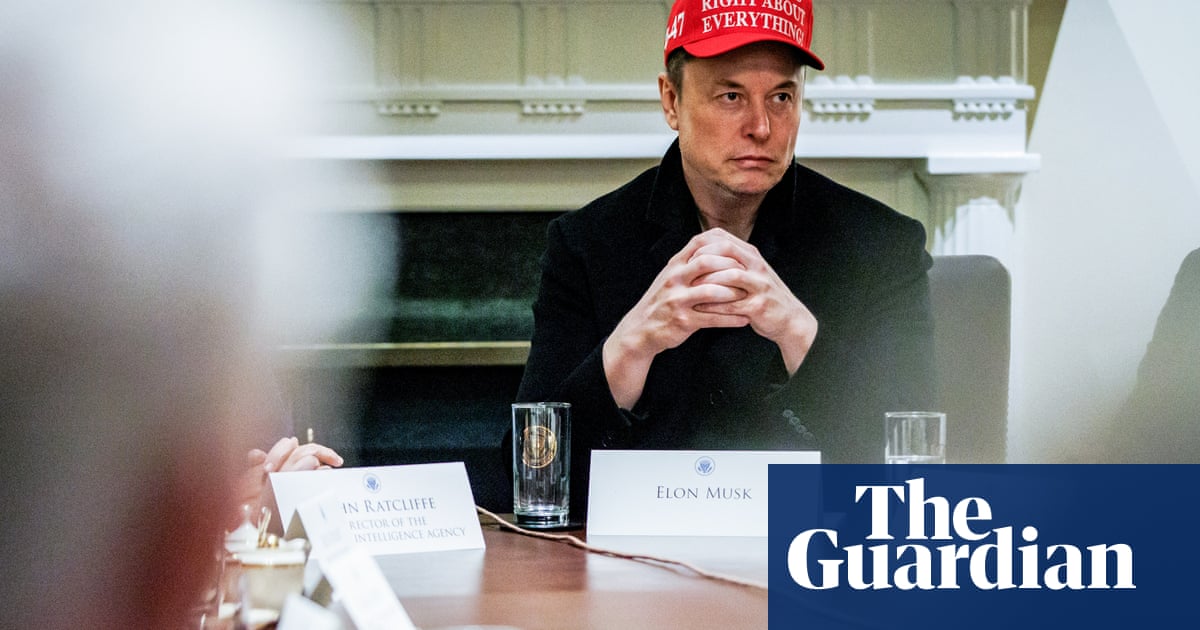President Trump’s approach to trade is a bold move, combining economic and political strategies. He hopes that Americans will stand strong through potential economic hardships today for the promise of a revived manufacturing base in the future.
Recently, Trump has acknowledged that his economic policies may lead to a recession. In a twist, he insists that minor disruptions are worth it if they bring manufacturing jobs back to the U.S. His allies, like Vice President JD Vance, echo this sentiment, promoting an "America First" philosophy. This means investing in jobs domestically while penalizing businesses that outsource.
But the track record of such policies is mixed. During his first term, Trump imposed heavy tariffs on steel and aluminum. While he claimed these would protect jobs, the reality was complex. Prices rose significantly, leading to only a temporary increase in jobs within those industries. A notable study found that the U.S. lost up to 75,000 jobs in sectors dependent on imported steel and aluminum.
The current trade strategy features even broader tariffs and retaliatory actions. For example, the EU is targeting key U.S. products like Kentucky bourbon and Harley-Davidson motorcycles, aiming to hit regions where Trump’s support is strong. This could backfire, sparking frustration among his own supporters.
Experts are weighing in on the risks. William Galston, a scholar at the Brookings Institution, notes that these tariffs could jeopardize Trump’s presidency if the American public grows impatient with the economic fallout.
Michael Froman, a former U.S. trade representative, argues that while tariffs can create temporary leverage, they risk pushing countries to retaliate, as Canada and the EU have already done. Moreover, the financial benefits of tariffs may not be as substantial as anticipated. During Trump’s previous term, significant tariff revenue was often used to compensate farmers affected by trade wars.
At the heart of Trump’s trade policy is the desire to boost American manufacturing. He romanticizes past decades when U.S. manufacturing was king. But many economists point out that the world economy relies on trade because different countries excel at producing different goods. For example, some U.S. car parts may cross the border multiple times before being assembled into a vehicle.
Interestingly, both Trump and President Biden share a goal of reviving domestic semiconductor manufacturing. Biden’s CHIPS Act allocated over $50 billion for advanced chip production facilities, a plan which dates back to Trump’s presidency. Yet, despite the push for American-made chips, building such facilities takes years, leaving the U.S. reliant on imports, particularly from Taiwan.
In this complex landscape, the success of Trump’s trade strategies remains uncertain. Voters may find it increasingly difficult to remain patient as the effects of these policies unfold over time.
For a deeper dive into the impacts of these tariffs and recent changes in trade policies, you can read more at the Council on Foreign Relations.
Source link
Trump, Donald J,Musk, Elon,Internal Revenue Service,Layoffs and Job Reductions,Executive Orders and Memorandums,Treasury Department,Europe,Customs (Tariff)










